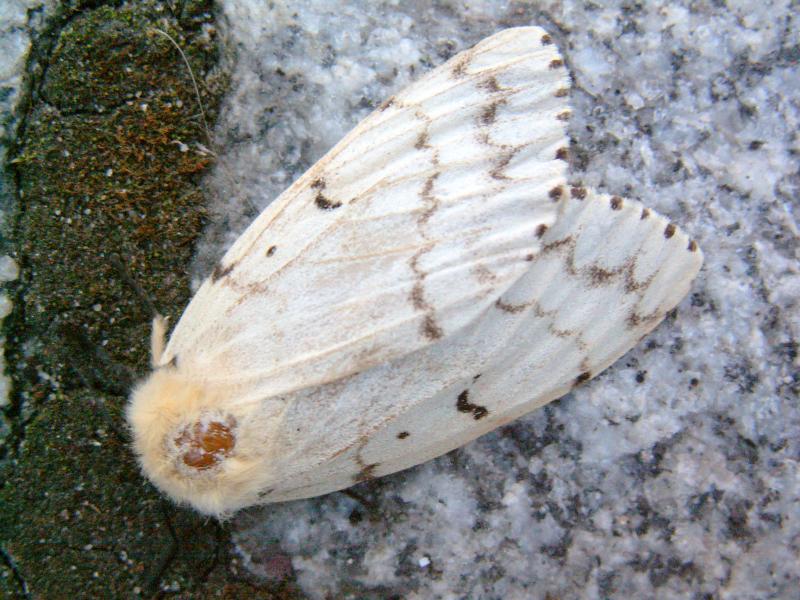Gypsy moth outbreak worst in 35 years
The moths are everywhere. Fluttering around trees in your backyard. Flying into your windshield. Beating on the back door. But the big problem, experts say, is likely yet to come.
The fluttering horde is made up of gypsy moths, newly hatched from what is being described as the worst outbreak of the leaf-eating caterpillars since 1981.
Now, emerged from their cocoons, the moths are looking for mates and laying eggs – so that even more little worms can chomp on your trees next year.
If the caterpillars aren’t kept in check, there’s a chance local trees will become a buffet for the insects again next year, which may kill them.
“This is a concern for everybody who has a deciduous tree,” said Sandy Slavin, a Minot Forest Committee member. “Too many years of being defoliated and we will lose those trees.”
While larvae sprays are available at local garden centers, Slavin said she’s taking a hands-on approach towards the moths.
“I’ve been going around killing the white moths, which are the females, and destroying any egg sacs I find on the ground,” she said. “Others should do the same, it’s important we break the cycle so we don’t get another outbreak as bad as this.”
Mike Delaney, an assistant manager at Olson’s Garden Center, agreed.
“Preventative maintenance is key,” he said. “There are several products we encourage people use to get rid of the larvae. Spraying in the spring will help keep them under control. Once they hatch, there’s not much you can do because they’re airborne.”
Delaney said one bad year won’t kill most trees. However, repeated attacks are worrisome.
“Losing leaves over and over again puts a lot of stress on the trees,” he said. “And that opens them up to damage when winter comes.”
The main reason for this severe outbreak this year is a lack of rain, causing the biggest gypsy moth outbreak since 1981, according to University of Massachusetts Amherst entomology professor Joseph Elkinton.
A natural pathogen helps to keep gypsy moth populations under control in North America, according to Elkinton. The pathogen, a fungus called entomophaga maimaiga, works by attacking and killing gypsy moths in the larval stage. However, the fungus requires a certain amount of rainfall in the months of May and June in order to grow, which we didn’t get this year, Elkinton noted.
“We’ve had a drought, not only this year but last year as well,” Elkinton said. “With drought conditions, the fungus doesn’t do anything. There was a lot of [larval] survivability.”
The moths begin their lives as larvae, according to the University of Massachusetts Amherst Center for Agriculture, Food, and the Environment. A female gypsy moth typically lays about 600 eggs at a time, and the eggs usually hatch in early May. You may recall the influx of caterpillars around that time.
The larvae complete several moults, then pupate toward the end of June. They emerge two weeks later as adult moths. The gypsy moth mating season usually continues until late July to early August.












